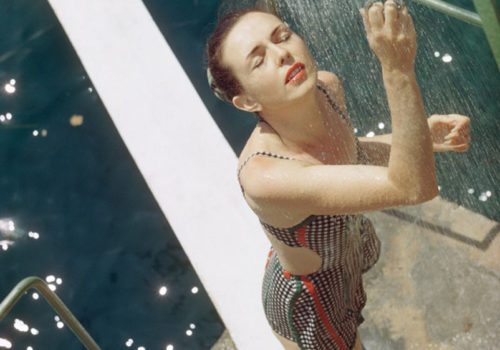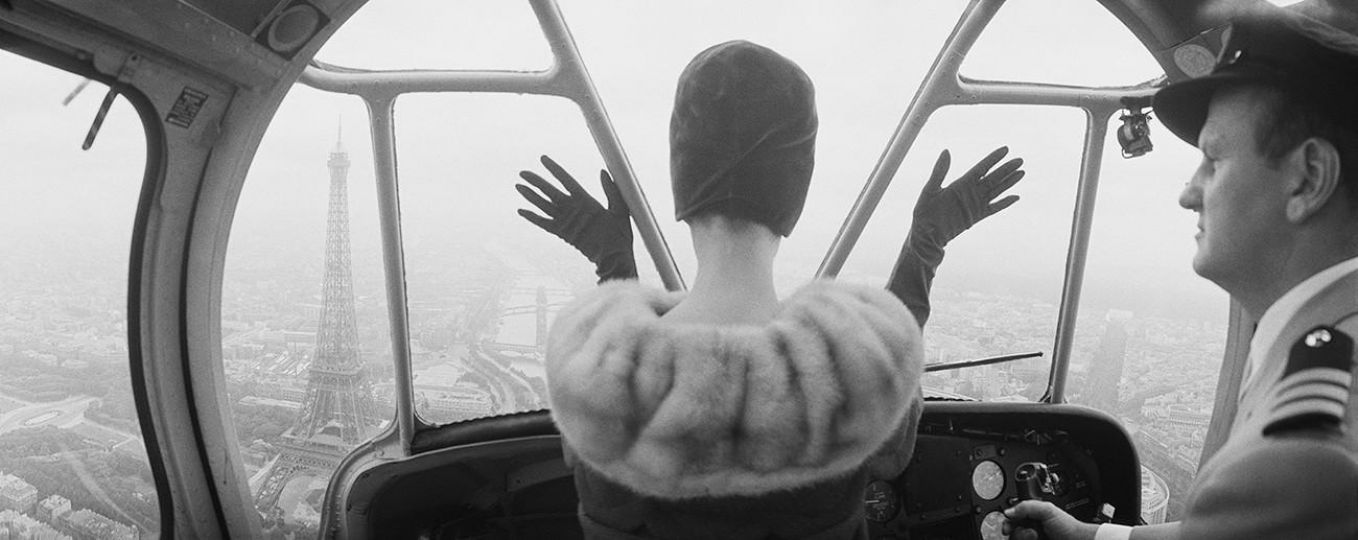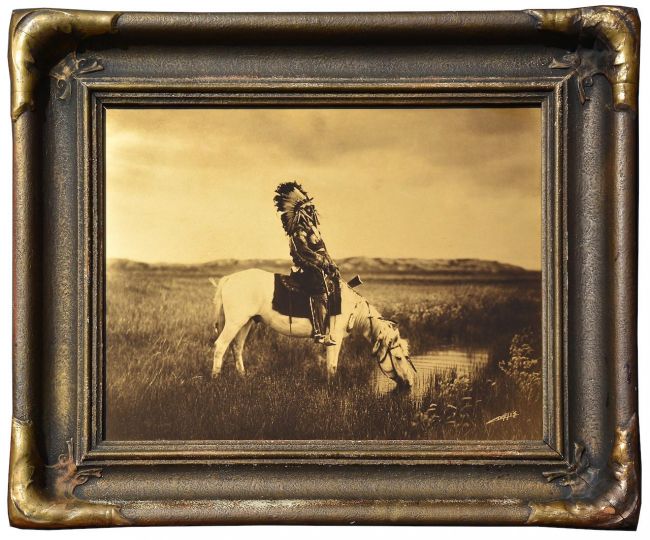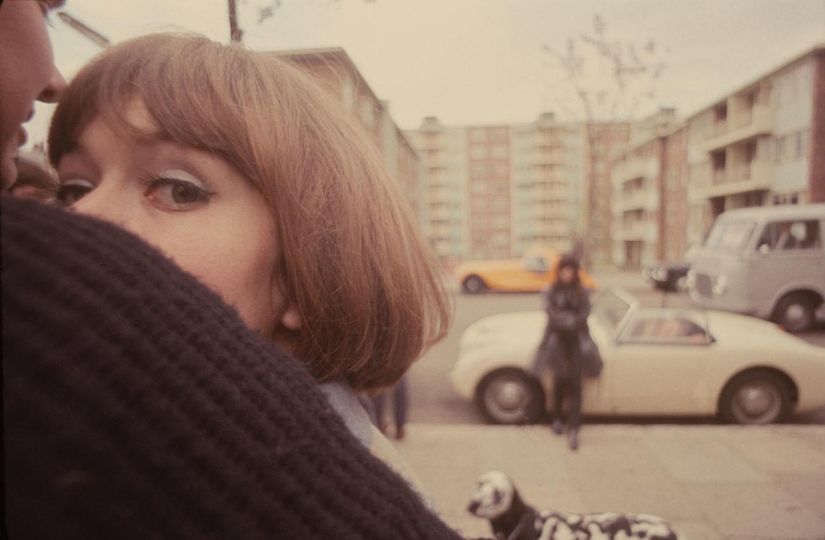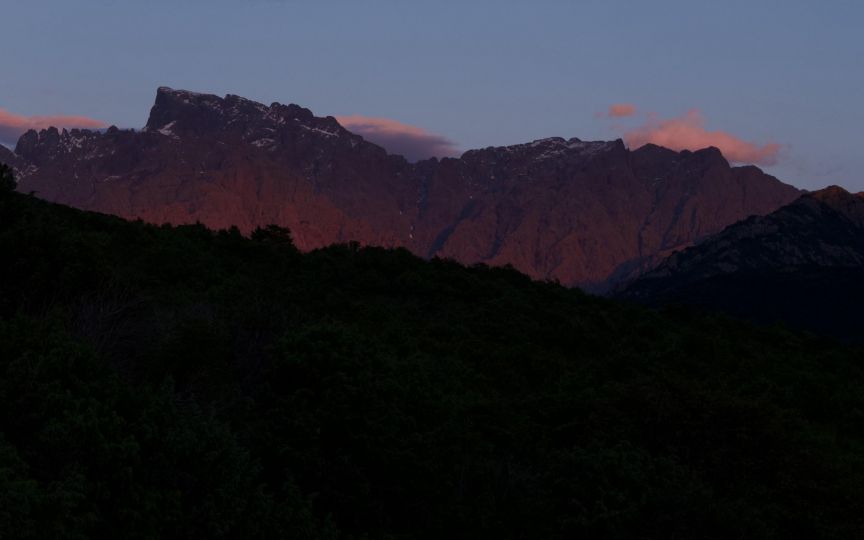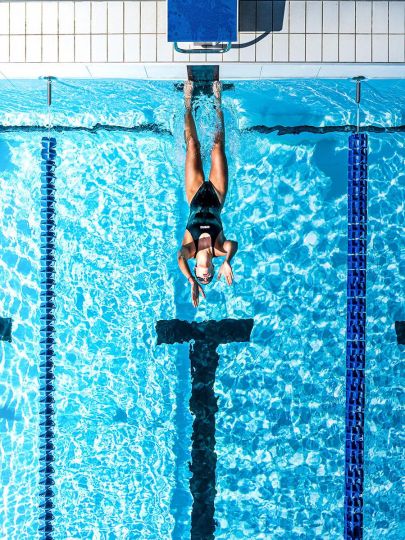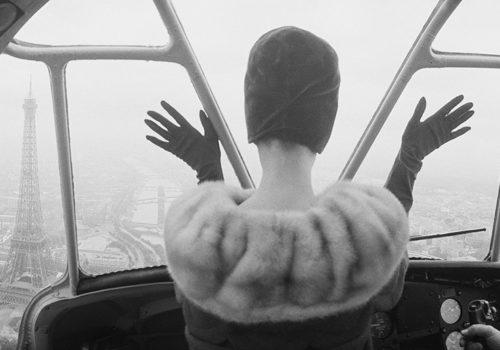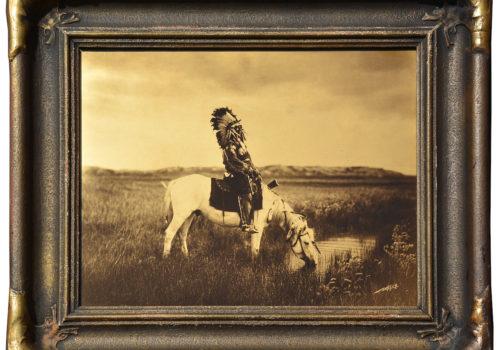To commemorate the 30th anniversary of Jacques Henri Lartigue’s death (1894-1986), OPIOM Gallery partners with the city of Opio and the Donation Jacques Henri Lartigue to organize a retrospective exhibition, entitled “The Colours of Opio”, from September 29th until December 31st 2016. Featuring a selection of over twenty colored photographs shot in the French Riviera between 1920 and 1977, the exhibition offers a glimpse into the life led by the photographer in the south of France, which he regularly visited since 1914 until he finally settled in Opio in 1960.
As early as six years of age, the young Jacques Lartigue showed a strong interest in photography. He developed his taste for this “eye-trap” alongside his father, who was himself, a banker and engineer, and most noticeably, an amateur photographer. In response to his son’s craze, he offered him his very first camera: a 13 x 18 cm chamber made of wood. From then on, Lartigue wouldn’t cease to capture the world around him: Paris, Chamonix, as well as the French Riviera, where he would permanently settle in 1960. Throughout his life, he successfully attempted through his lens, to seize these moments of joy and retain them forever.
Obsessed by the passage of time, he took notes of the daily weather. Similarly, he tirelessly compiled and classified his images in a total of 135 albums, which are currently kept at the Donation Jacques Henri Lartigue. He chronicled his life from privileged child to artist who gained notoriety later on in life, through 117,000 photographs, among which almost one third are in color.
In 1912, he finally got a taste of color photography, which had fascinated him since the tender age of 5. Created by Lippman, the auto-chrome process was patented and commercialized by the Lumières brothers. Using a KlappNettel 6×13, he perpetuated in 87 stereoscopic glass plates his memories as a young, oblivious man, sensitive to female beauty, with a passion for sport and other outdoor activities. However, the strain involved in the shooting process didn’t match with his own wish; to “catch something marvelous that happens in a split-second”.
Consequently, from 1927 until 1948, Lartigue would only devote himself to black and white photography. Finally, at almost 60 years of age, the technical progress allowed him to grab the fleetingness of a moment in color. Using a Rolleiflex 6×6, he mainly favored the square format, which remained pertinent to the contemporary eye up until the 70s, while also shooting 35mm film with his Leica. His photographs are not so much imbued with the energy of those first auto-chromes anymore; rather, they express a feeling of peace and fulfillment.
This same period of time also witnessed Lartigue’s rise to fame. Indeed, while he did gain some notoriety as a painter in the 30s, his second trip to the United-States in 1962 and more particularly his meeting with John Szarkowski, back then a young director of the Museum of Modern Art in New York, marked a turning point in his career. Enthused by Lartigue’s photographs, Szarowski offered him a solo exhibition at his museum the following year, entitled “The Photographs of Jacques Henri Lartigue”. It was then that Lartigue added his father’s first name, Henri, to his own. With Florette by his side, his muse and model, he became the internationally renowned photographer whom we know of today. In 1979, he donated the entirety of his body of work to the French state, which beyond its informative aspect remains an ode to the joie de vivre.
Jacques Henri Lartigue, Les couleursd’Opio
September 29 toDecember 31, 2016
OPIOM Gallery
11 Chemin du village
06650 Opio
France

